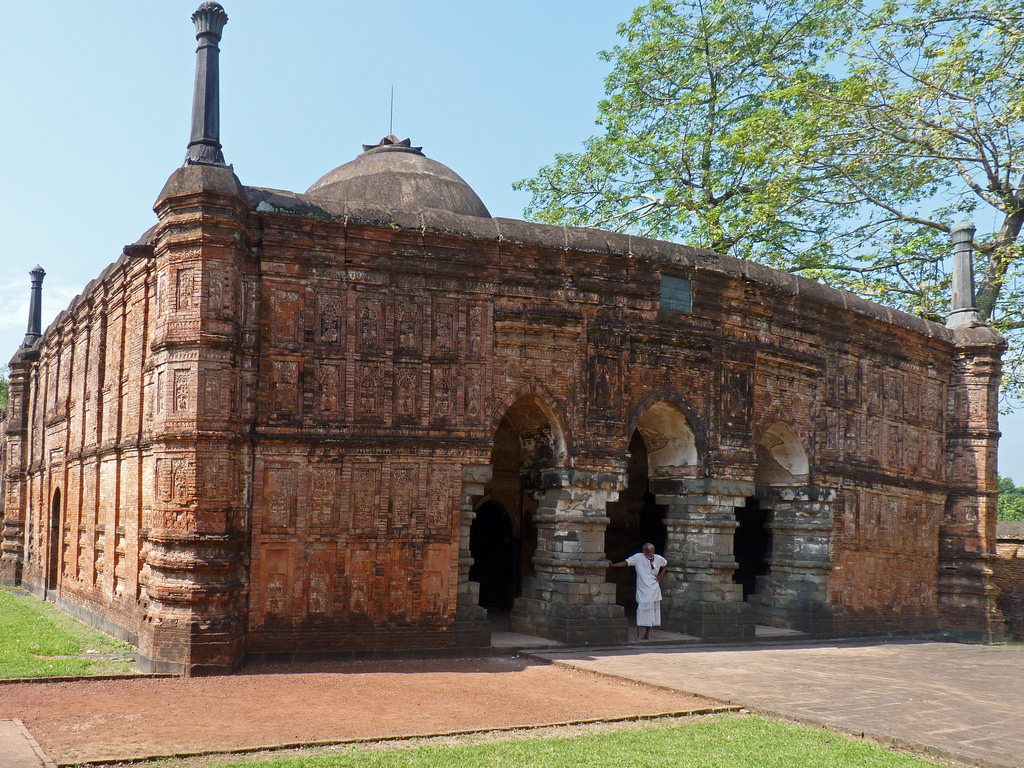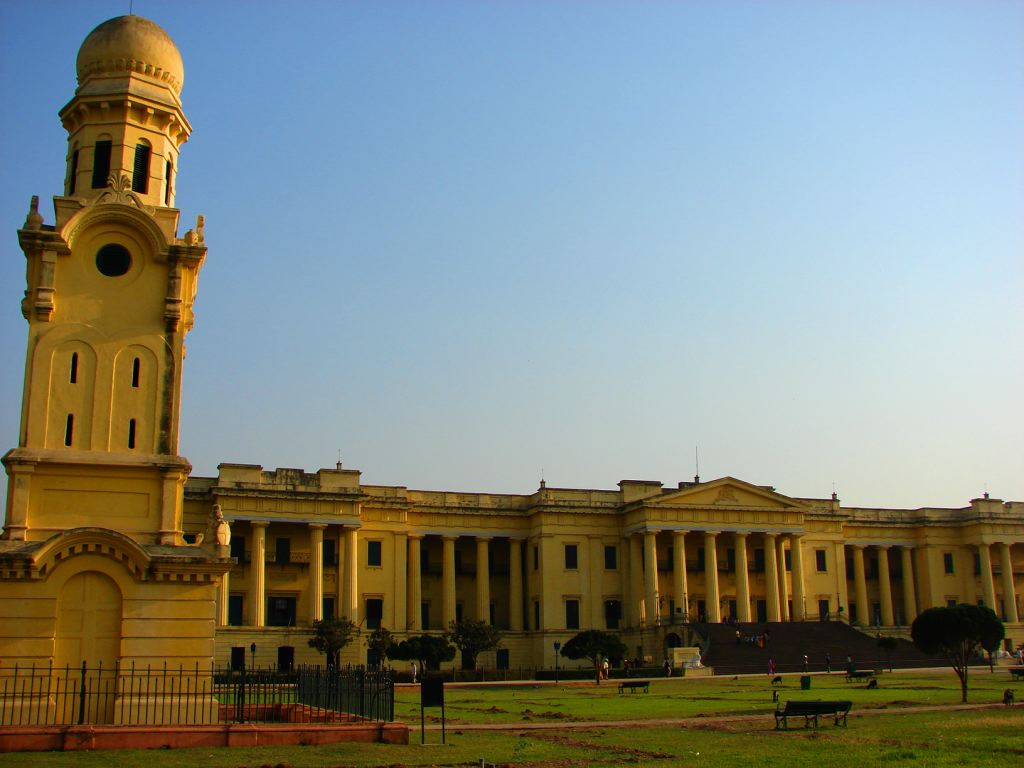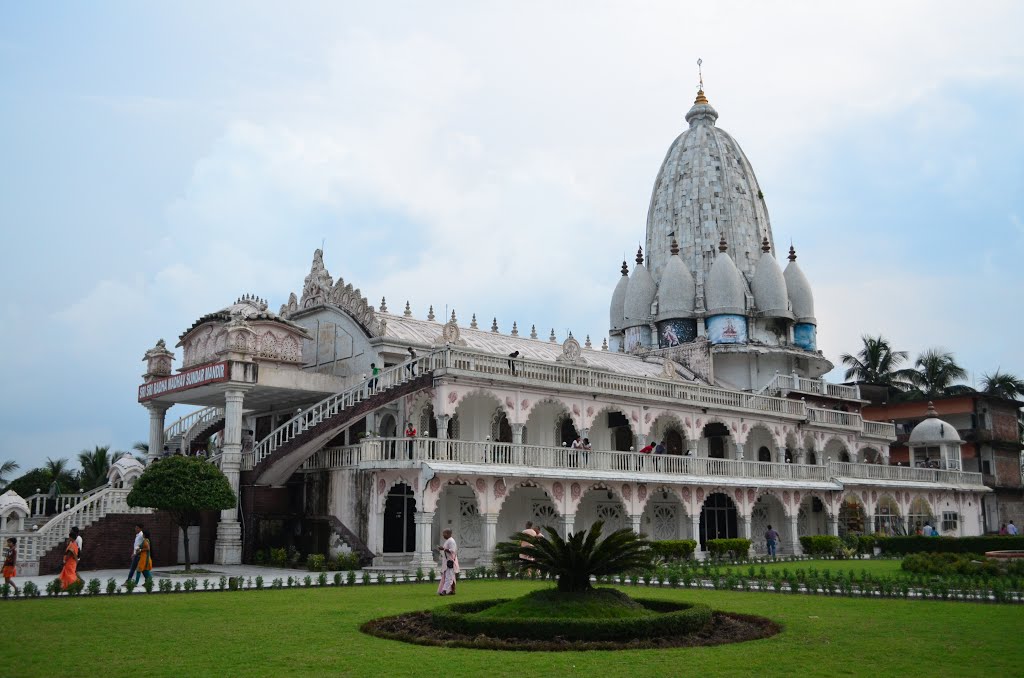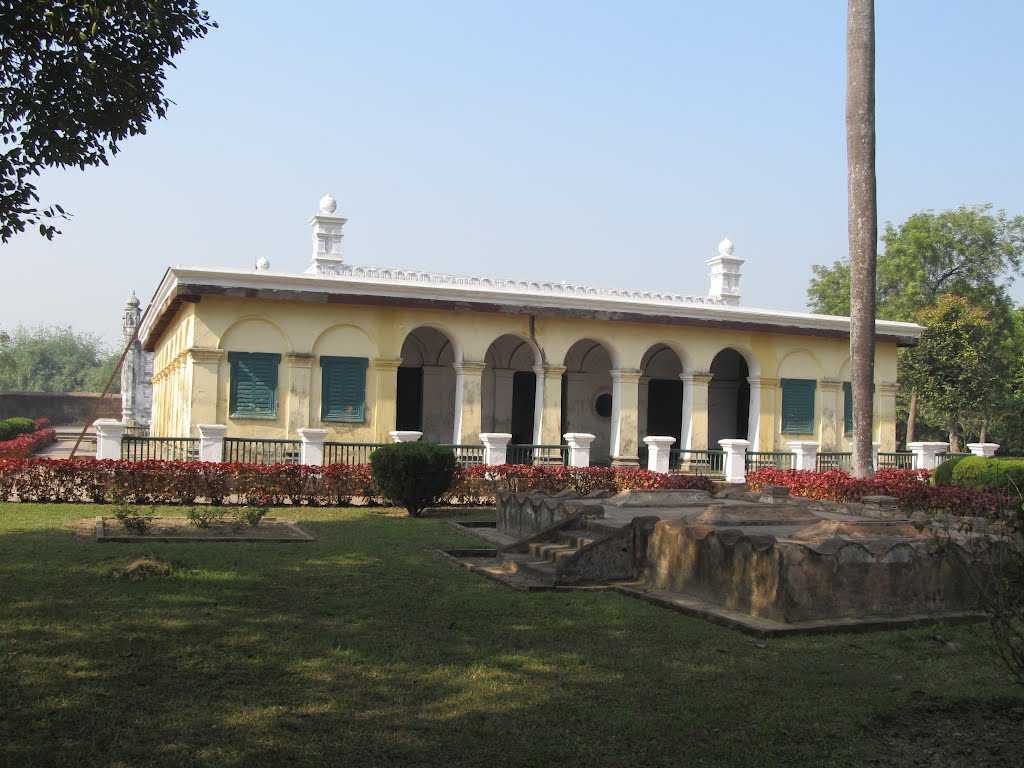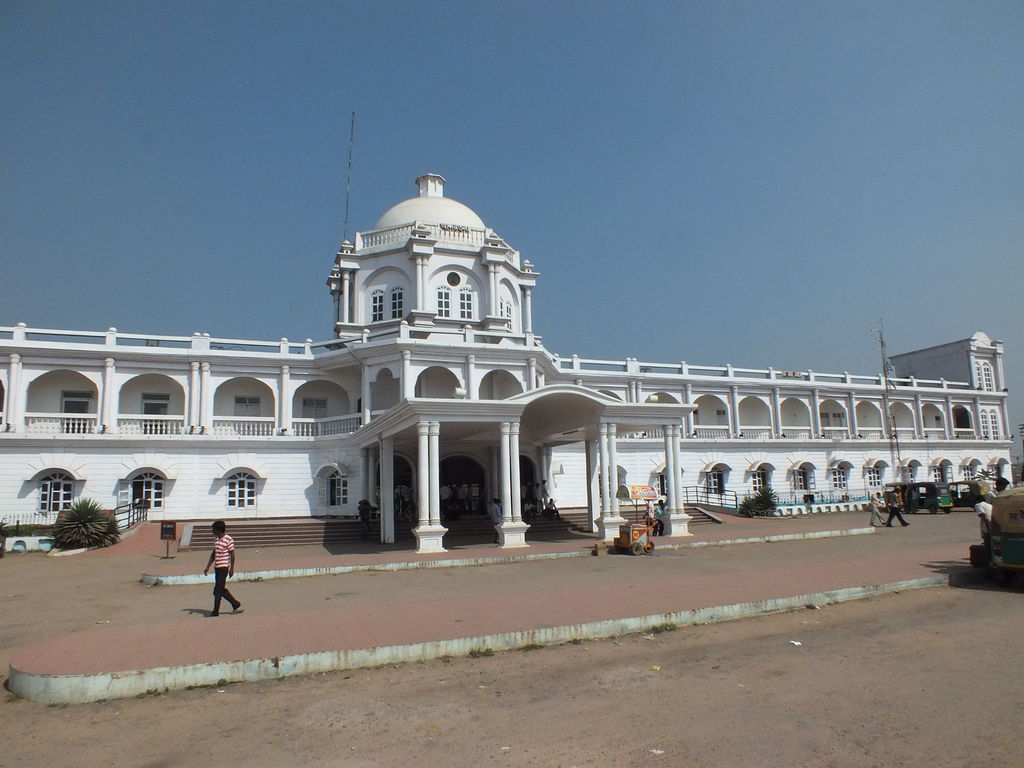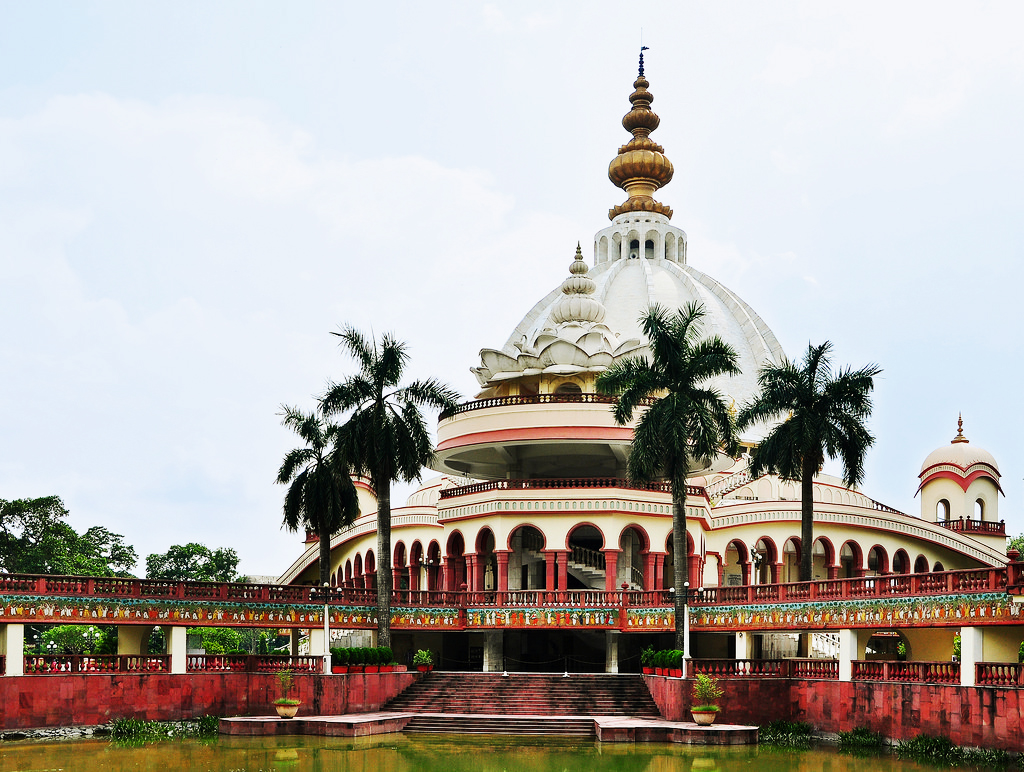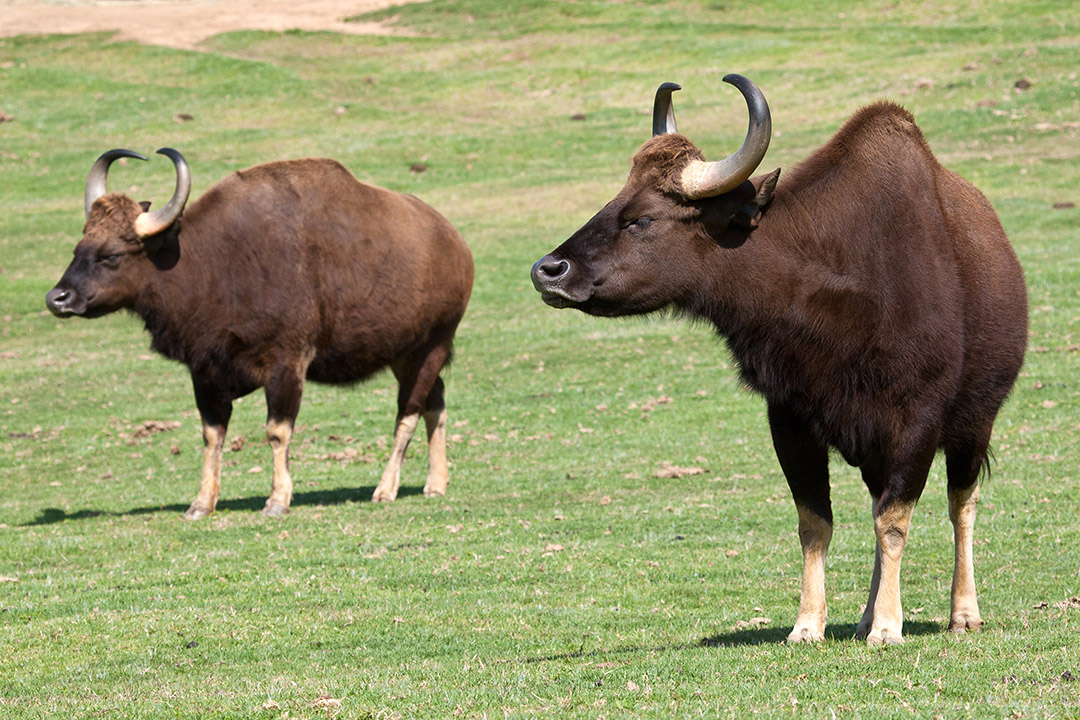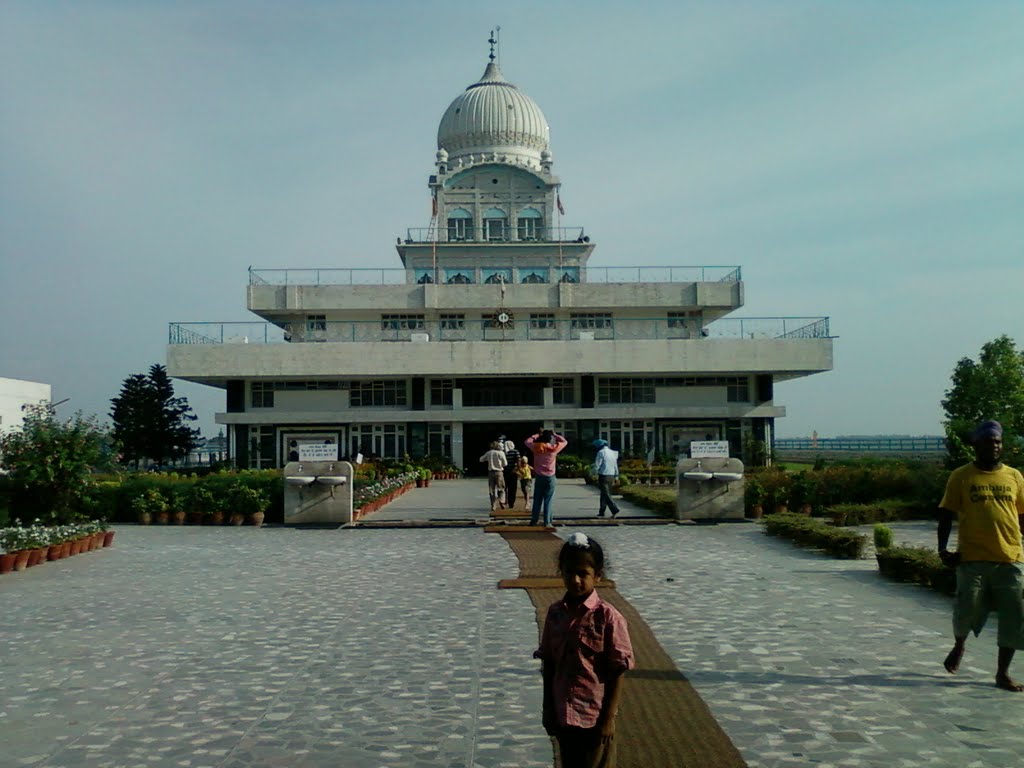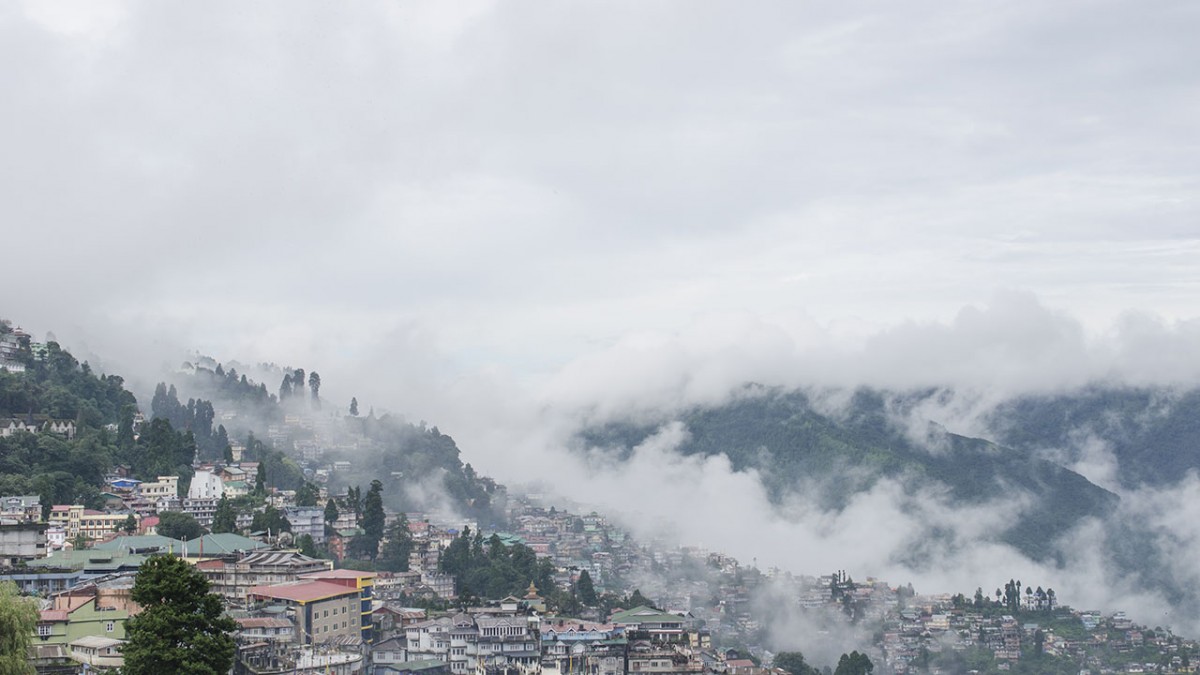
Darjeeling Tourism and Travel Guide
History of The City: The success of the hill stations of Western India had induced the Government to do something for the citizens of Calcutta and the Bengal Presidency. An experimental station for ailing troops was opened at Cherrapunji in Assam, butDarjeeling it proved to be a wash-out-literally- as it turned out to be one of the wettest places in the world. But the government continued to look for an alternative place, and asked G.W.A.Lloyd to follow up the recommendation of J.W.Grant, the Commercial Resident at Malda, an enthusiastic explorer of the Himalayan foothills. The place Llyod and Grant inspected in 1829 was an old and deserted Gurkha military station ‘Dorjeeling’ or ‘Darjeeling’.
The name Darjeeling is thought to be a derivation of ‘Dorjeeling’ meaning the place of the Dorjee, the majestic thunderbolt of the Lamaist religion. In fact, the famous Buddhist Monastery standing at the top of the
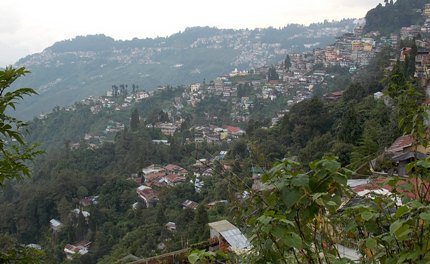
Observatory hill was known by this name. The district was the part of the dominions of the Raja of Sikkim upto the beginning of the 18th century.
In 1817, the East India Company struggled with Himalayan States on behalf of Raja of Sikkim, The Raja of Sikkim restored the country between Mechi and the Tista rivers.This was the result of the Treaty of Titaliya of 1817.Ten years after the treaty,disputes on the Sikkim-Nepal frontiers arose and the then Governor General sent two Officers viz. Captain Lloyd and Mr. Grant.They recommended the present place of Darjeeling as a site for a sanatorium.The Governor General then deputed Captain Herbert, the Deputy Surveyor General to examine the country. The court of Directors approved the project. General Lloyd was directed to start negotiations with Raja of Sikkim and he succeeded in obtaining the execution of a deed grant by the Raja of Sikkim on 1st February, 1835.
This deed of grant, which is commendably short, runs as follows:-
” The Governor-General having expressed his desire for the possession of the hills of Darjeeling on account of its cool climate, for the purpose of enabling the servants of his Government, suffering from sickness, to avail themselves of its advantages, I the Sikkimputtee Rajah out of friendship for the said Governor-General, hereby present Darjeeling to the East India, that is, all the land south of the Great Runjeet river, east of the Balasur, Kahail and Little Runjeet rivers, and west of the Rungpo and Mahanadi rivers.” This was an unconditional cession of what was then a worthless Darjeelinguninhabited mountain; but in 1841 the government granted the Raja an allowance of Rs. 3,000 as compensation, and raised the grant to Rs. 6,000 in1846.
(Ref. Bengal District Gazetteers Darjeeling by L S S O’Malley)”
1839 was the most important year in the history of Darjeeling, the year the road which connected the hill station with the plains ‘its life line’ was built. Right from the start it had been pointed out by the planners. No road-No Darjeeling, and 1839 was the critical year when the decision was finally taken to go ahead with the plans.
The District was in the Rajshahi sub-division till October, 1905 and as a sequence of Bengal partition in 1905, the district was transferred to the Rajshahi division in March, 1912.The district was formerly a Non-Regulation district, that is, Acts and Regulations did not come into force in the district in line with rest of the country unless they were extended to it. Darjeeling had no representation in the Legislative Council. It was excluded and declared a backward tract. In 1935, the district was made partially excluded area by act.
The freedom movement in the district was much tempered by its moderate political ideology.One outstanding incident connected with the “terrorist movement” was the attempt on the life of Sir John Anderson, the Governor of Bengal, on
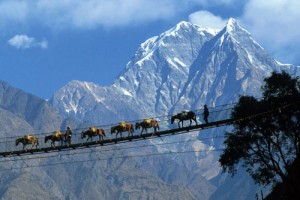
May 8, 1934 by Bengali terrorists. The district with the rest of India attained independence as part of India in August 1947. According to the Constitution of India, the district no longer enjoys special privileges and all statutes, except the Bengal Tenancy act in certain of its particulars, apply to it.
However, the movement in the late 80’s and early 90’s has led to the formation of Darjeeling Gorkha Hill Council.This has resulted in more autonomy at the regional level with the participation of local people through their elected representatives by forming local council for management and development of the area.
How to Reach?
Darjeeling described as the “Queen of the Snow laden Himalayas” is a must see place in India, famous for its ecotourism and adventure tourism.Darjeeling
By Air: The nearest airport to Darjeeling is Bagdogra, which is connected to important cities of India by domestic airlines. Bagdogra is about 90 kms from Darjeeling and 10kms from Siliguri.From Bagdogra one can reach Darjeeling by taxi or jeep.
By Rail: Darjeeling has a railway station but only the toy train from Jalpaiguri and New Jalpaiguri comes to this station. The railhead for all other trains is New Jalpaiguri (88 kms from Darjeeling) or Siliguri (80 kms from Darjeeling). From these stations there are direct trains to Kolkata, Delhi, Guwahati, Varanasi and other major cities in India.
By Road: Darjeeling is well connected by roads. The State Transport runs buses from Calcutta and other nearby places like Kalimpong, Kurseong, Gangtok, Bagdogra and Siliguri. Private buses also ply.
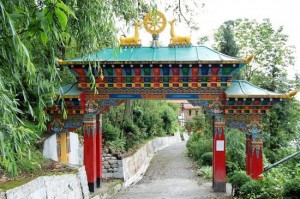
Shopping
Curious & Carpets: Most curio shops are on Chowrasta and along Nehru Rd. All things Himalayan are sold here – thangkas, brass statues, religious objects, jewellery, wood carving, woven fabrics, carpets etc – but if you are looking for bargains you have to shop judiciously and be prepared to spend plenty of time looking. Thangkas in particular may look impressive at first sight, but on closer inspection of the cheaper offerings you will find that little care has been taken over the finer detail.
If you are looking for bronze statues, the real goodies are kept under the counter and cost in multiples of US$! Woodcarvings tend to be excellent value for money. Most of the shops accept international credit cards.
West Bengal’s Manusha Emporium, on Nehru Rd, is a fixed-price shop selling Himalayan handicrafts, silk and handloomed products. There is also a market off Hill Cart Rd next to the bus and taxi stands. Here you can find excellent and relatively cheap patterned woolen sweaters. If you need an umbrella these can be bought here cheaply. Made out of bamboo, they are collectors’ items themselves!
Darjeeling For Tibetan carpets, the cheapest place in the area is at Hayden Hall, opposite the State Bank of India on Laden La Rd. It’s a women’s co-operative – excellent value and well worth checking out.
Darjeeling Tea: A packet of tea is a popular souvenir. First Flush Super Fine Tippy Golden Flowery Orange Pekoe I is the top quality. The price varies enormously. The way to test tea is to take a small handful in your closed fist, breathe firmly on it through your fingers and then open your hand and smell the aromas released. At least it will look as if you know what you’re doing even if you don’t have clue! Avoid the tea in fancy boxes as this is usually blended and comes from Kolkata. A good place is Nathmull’s Tea Merchants, near the post office on Laden La Rd.

